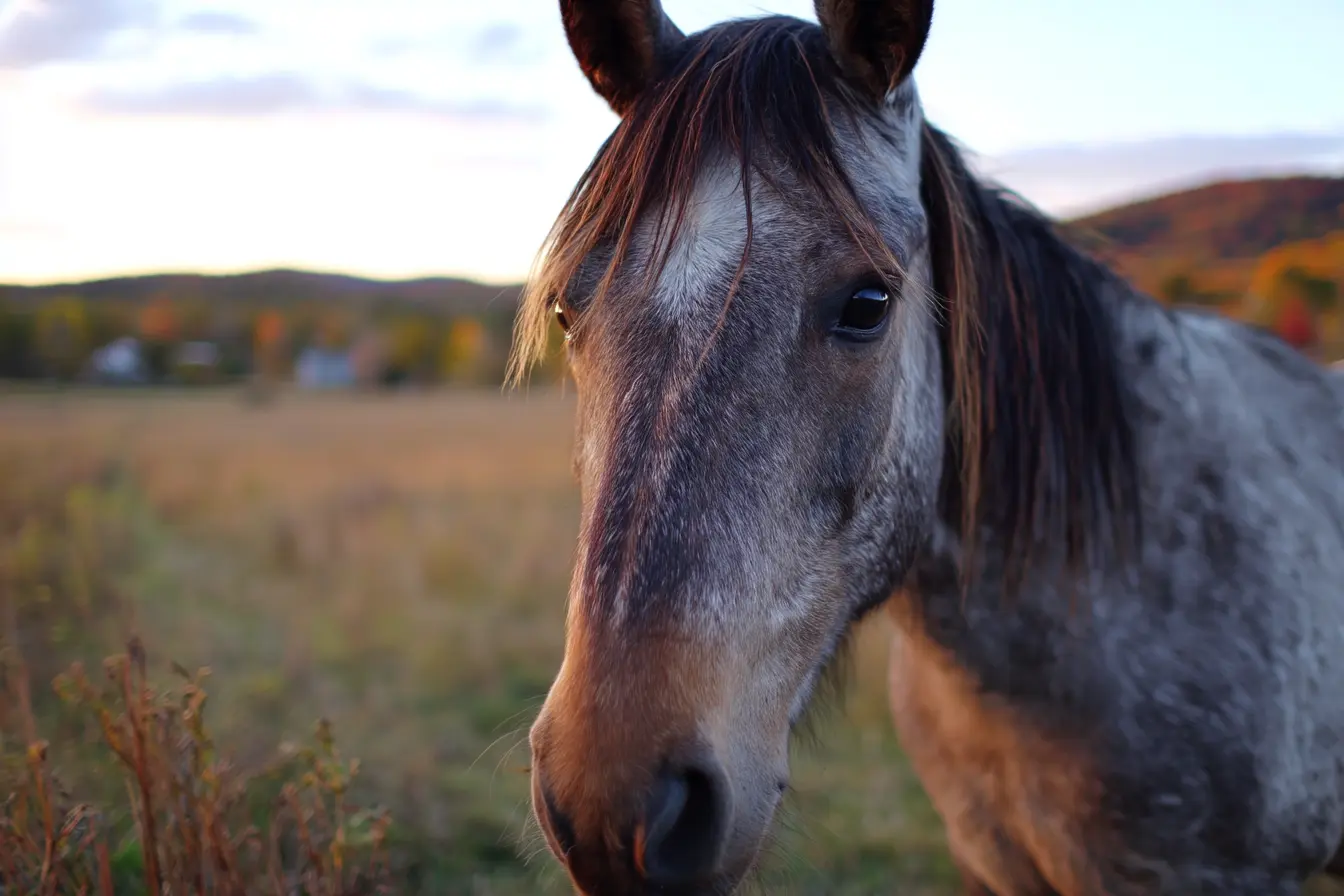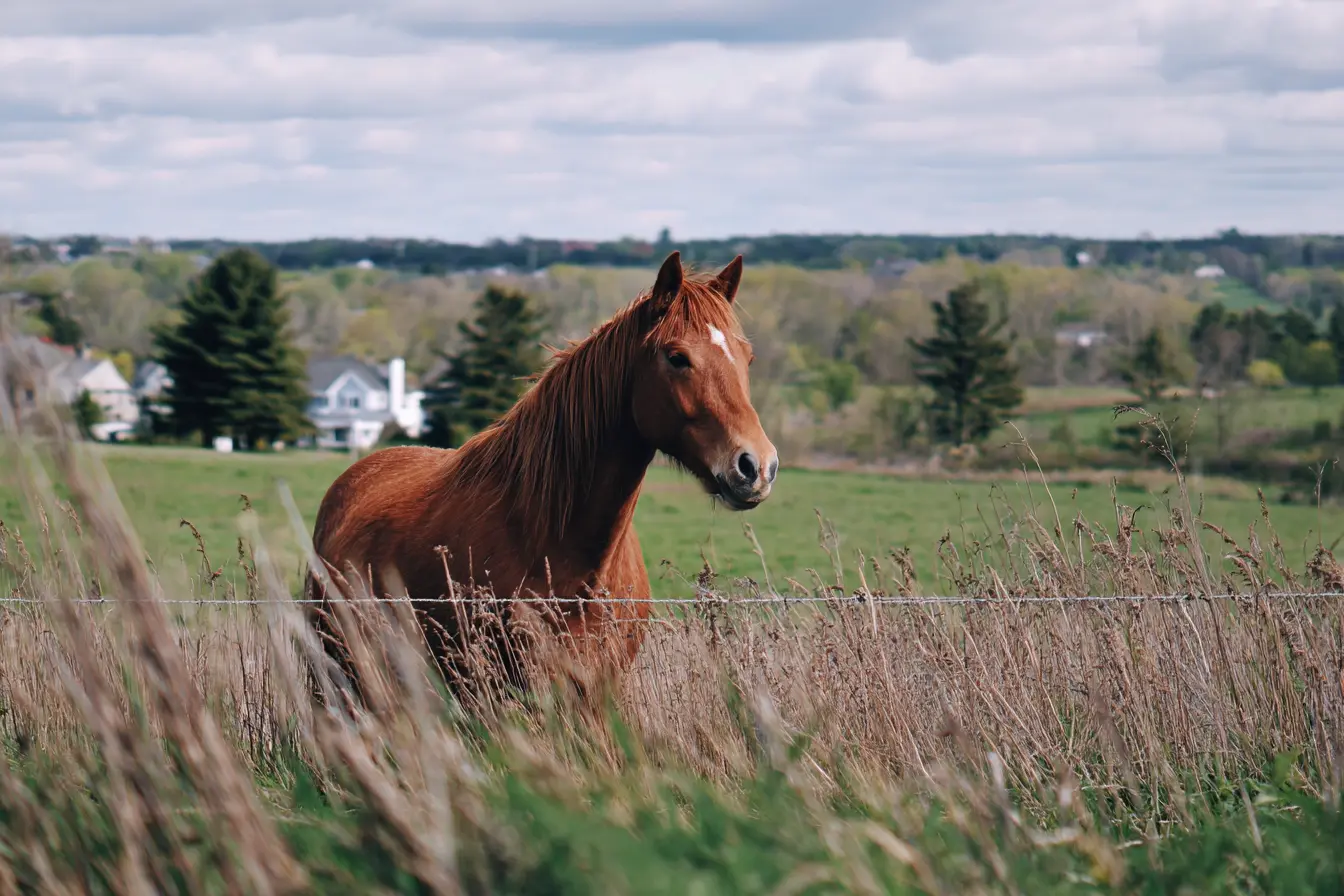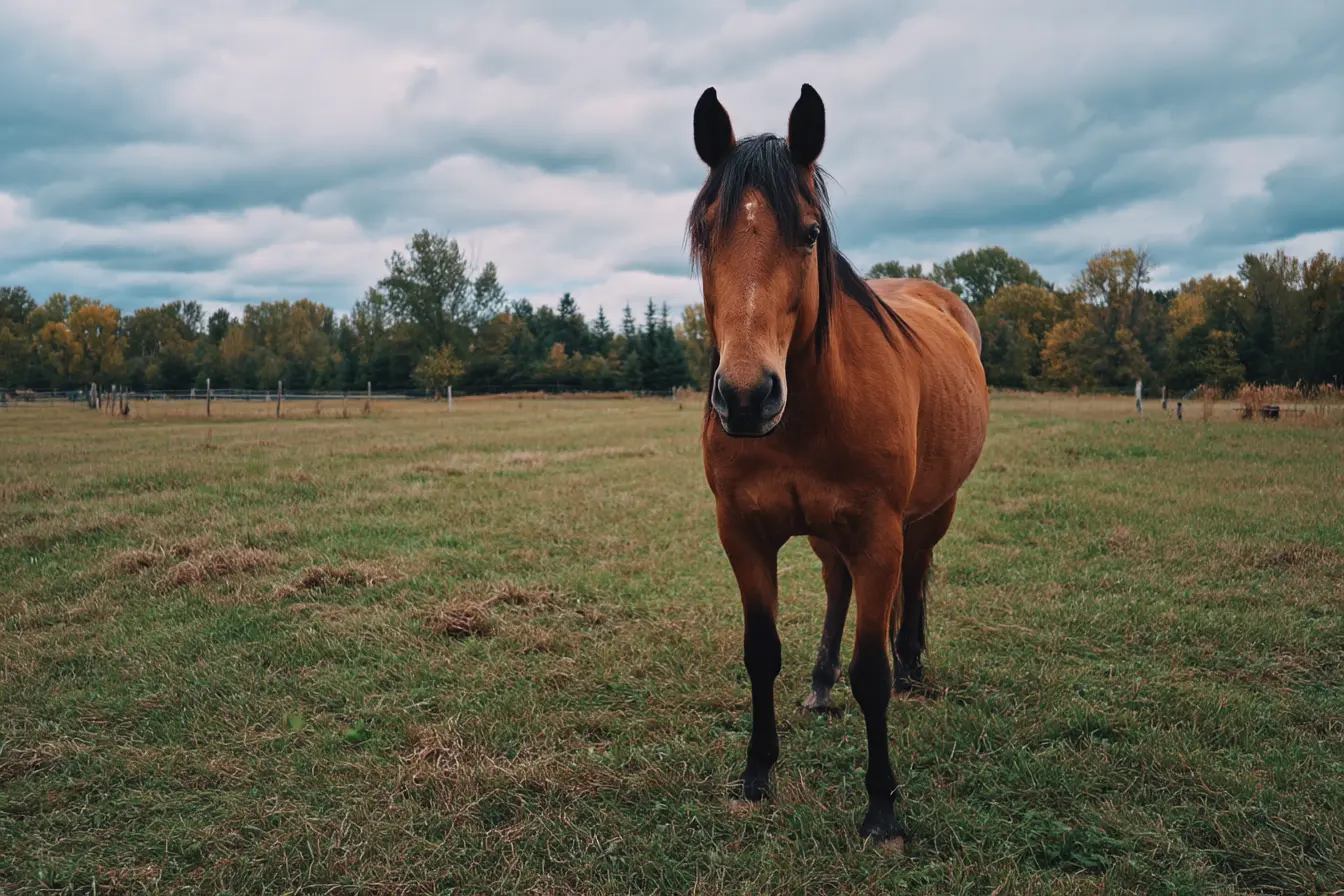
How to Protect Your Horse from Flies
Flies and other biting insects are more than just a nuisance for horses—they can cause discomfort, skin irritation, allergic reactions, and even spread disease. During the warmer months, fly control becomes an essential part of equine management. Fortunately, there are many effective strategies for keeping your horse comfortable and protected.
This guide covers everything you need to know about protecting your horse from flies, including types of flies, preventative measures, fly control products, and stable management tips.
Common types of flies that affect horses
Understanding which flies you're dealing with can help you choose the most effective control methods.
House flies
Non-biting flies that feed on secretions and wounds. They can spread bacteria and irritate sensitive areas like eyes and noses.
Stable flies
Biting flies that resemble house flies but feed on blood. Their bites are painful and can cause horses to stomp and swish constantly.
Horse flies and deer flies
Large biting flies with painful bites. They're strong fliers and difficult to repel. Horse flies are often found near water or wooded areas.
Midges (Culicoides)
Tiny biting insects that cause sweet itch (seasonal allergic dermatitis) in sensitive horses. Most active at dawn and dusk.
Bot flies
These flies lay eggs on the horse's coat, usually on the legs or chest. When licked or bitten, the larvae are ingested and migrate to the stomach, causing internal irritation.
Signs of fly irritation
Your horse may be suffering from fly irritation if you notice:
- Constant tail swishing or head shaking
- Stomping or pacing
- Skin sores or scabs, especially on the belly or face
- Rubbing against fences or walls
- Hair loss or hives
- Eye discharge or conjunctivitis
- Changes in temperament or focus under saddle
Strategies for fly protection
A multi-layered approach works best for controlling flies. Combining physical barriers, chemical deterrents, and environmental management will offer the best results.
Fly rugs and masks
Protective gear is one of the most effective and immediate defences.
- Fly rugs: Lightweight, breathable mesh rugs that cover the body to prevent flies from landing. Some include belly flaps and neck covers for maximum protection.
- Fly masks: Protect the eyes, ears, and face from flies and UV rays. Available with or without ear covers and nose guards.
- Fly boots: Mesh leg coverings that reduce stomping and prevent bites on the lower limbs.
Check and clean fly gear daily to prevent rubbing or trapping insects underneath.
Fly sprays and repellents
Sprays are a quick and convenient way to deter flies, though effectiveness varies.
- Chemical repellents: Contain ingredients like DEET, permethrin, or cypermethrin. Long-lasting but may not suit sensitive horses.
- Natural sprays: Made with essential oils such as citronella, eucalyptus, or neem. Safer for sensitive horses but may need frequent reapplication.
- Roll-ons or wipes: Useful for sensitive areas such as around the eyes, ears, and muzzle.
Always patch test a new product to check for allergic reactions, and follow the manufacturer’s instructions carefully.
In-feed supplements
Some owners use garlic, apple cider vinegar, or brewer’s yeast as feed additives to make horses less attractive to flies. Scientific evidence is limited, and results vary between individuals.
Choose high-quality supplements, and consult your vet or nutritionist before making changes to your horse’s diet.
Fly traps and baits
Used around the yard to reduce overall fly populations.
- Sticky traps: Catch flies on adhesive surfaces.
- Bag traps: Use bait to lure and trap flies.
- Electric zappers: Kill flies on contact, but can disturb horses if noisy.
- Biological control: Introducing parasitic wasps (e.g. Spalangia spp.) that kill fly larvae in manure.
Place traps away from stables and feed areas to draw flies away from horses.
Managing the environment
Stable hygiene and pasture management play a huge role in fly control.
Manure management
- Remove manure from stables and paddocks daily
- Store muck heaps far from stabling areas
- Cover manure piles to reduce fly breeding
Water management
- Eliminate standing water where flies and midges breed
- Clean water troughs regularly
- Repair leaking taps and pipes promptly
Bedding and ventilation
- Use clean, dry bedding
- Ensure stables are well-ventilated to discourage fly build-up
- Install mesh screens or fly curtains on doors and windows
Protecting against sweet itch
Sweet itch is an allergic reaction to midge bites, often requiring more intensive management.
- Use fine mesh sweet itch rugs and full-coverage masks
- Apply midge repellents containing benzyl benzoate or citronella
- Stable horses during peak midge activity (early morning and dusk)
- Use fans in stables to keep midges away
- Consider veterinary treatments such as antihistamines or corticosteroids during flare-ups
Travelling and turnout considerations
- Use fly masks and sprays during travel, especially in warm weather
- Turn out horses during cooler parts of the day (early morning or evening)
- Use shaded paddocks and shelters to reduce fly exposure
- Avoid turnout in boggy or heavily wooded areas during fly season
When to involve your vet
Consult your vet if:
- Your horse develops persistent skin irritation or sores
- There is evidence of allergic reactions or swelling
- Your horse shows signs of infection from fly bites
- You suspect a bot fly infestation (may require worming)
Your vet can also recommend prescription treatments or medicated lotions for severe cases.
Conclusion
Protecting your horse from flies is an essential part of summer horse care. By using a combination of physical protection, chemical deterrents, stable management, and fly control strategies, you can significantly reduce the impact of flies on your horse’s health and comfort.
As every horse is different, it may take some trial and error to find the best approach. With consistency and care, you can help your horse enjoy a fly-free summer.
Related Vets
Vets near you
Speciality vets
- Aquatics vet specialists
- Birds vet specialists
- Camelids vet specialists
- Cats vet specialists
- Cattle vet specialists
- Deer vet specialists
- Dogs vet specialists
- Equines vet specialists
- Exotic vet specialists
- Goats vet specialists
- Pigs vet specialists
- Poultry vet specialists
- Sheep vet specialists
- Small Mammals vet specialists
- Wild vet specialists










